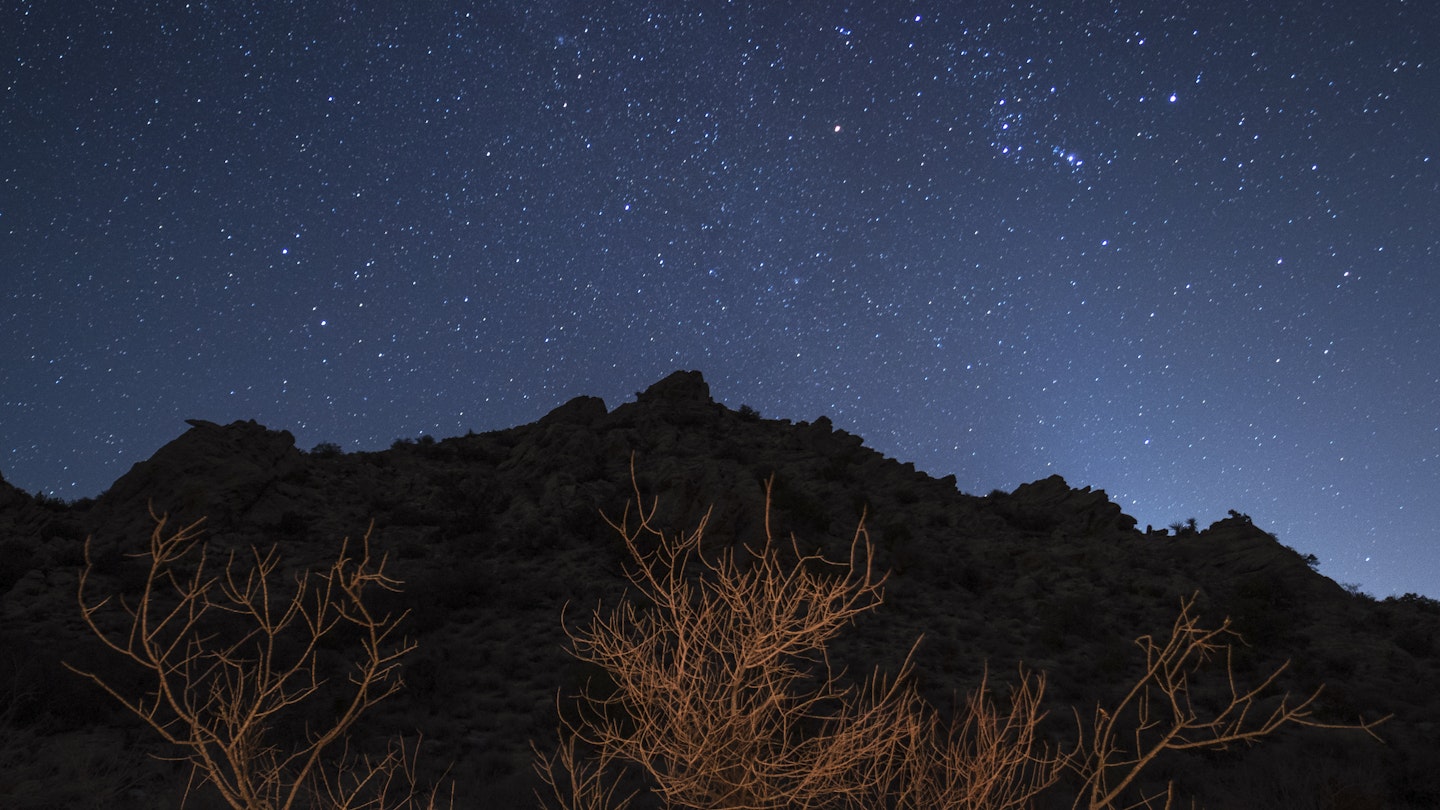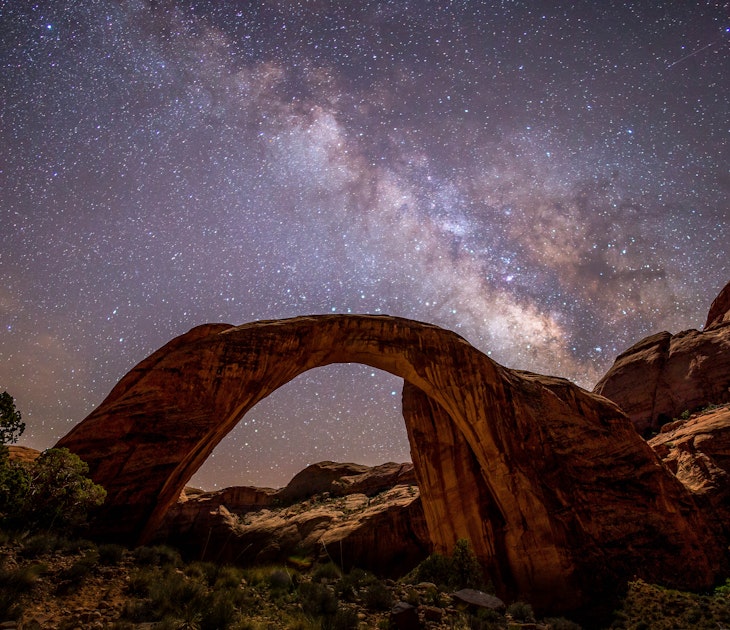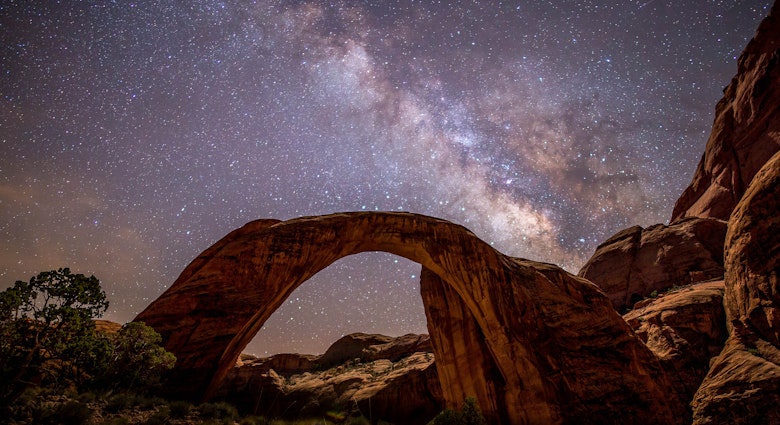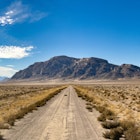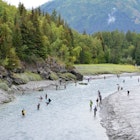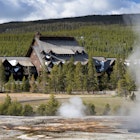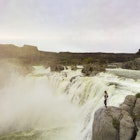Drive an hour south of Las Vegas, through a desert landscape where bighorn sheep roam through ancient Joshua-tree forests, and you’ll find yourself at the foot of Avi Kwa Ame, or Spirit Mountain – a sacred Indigenous site waiting to become the latest addition to the roster of national monuments.
The potential addition of a US national monument raises a crucial question: what’s the meaning behind such federally bestowed designations as national monuments and national parks?
Protecting sacred Indigenous lands
Avi Kwa Ame (Ah-VEE’ kwa-meh) is the fabled center of creation for ten Yuman-speaking tribes of the Mojave, including the Hopi and Chemehuevi Paiute; Tribal elders refer to it as “the place where shamans dream.” The white-granite mountain and its surroundings link protected lands stretching from California through Nevada, forming an essential ecological corridor and axis of Native American culture.
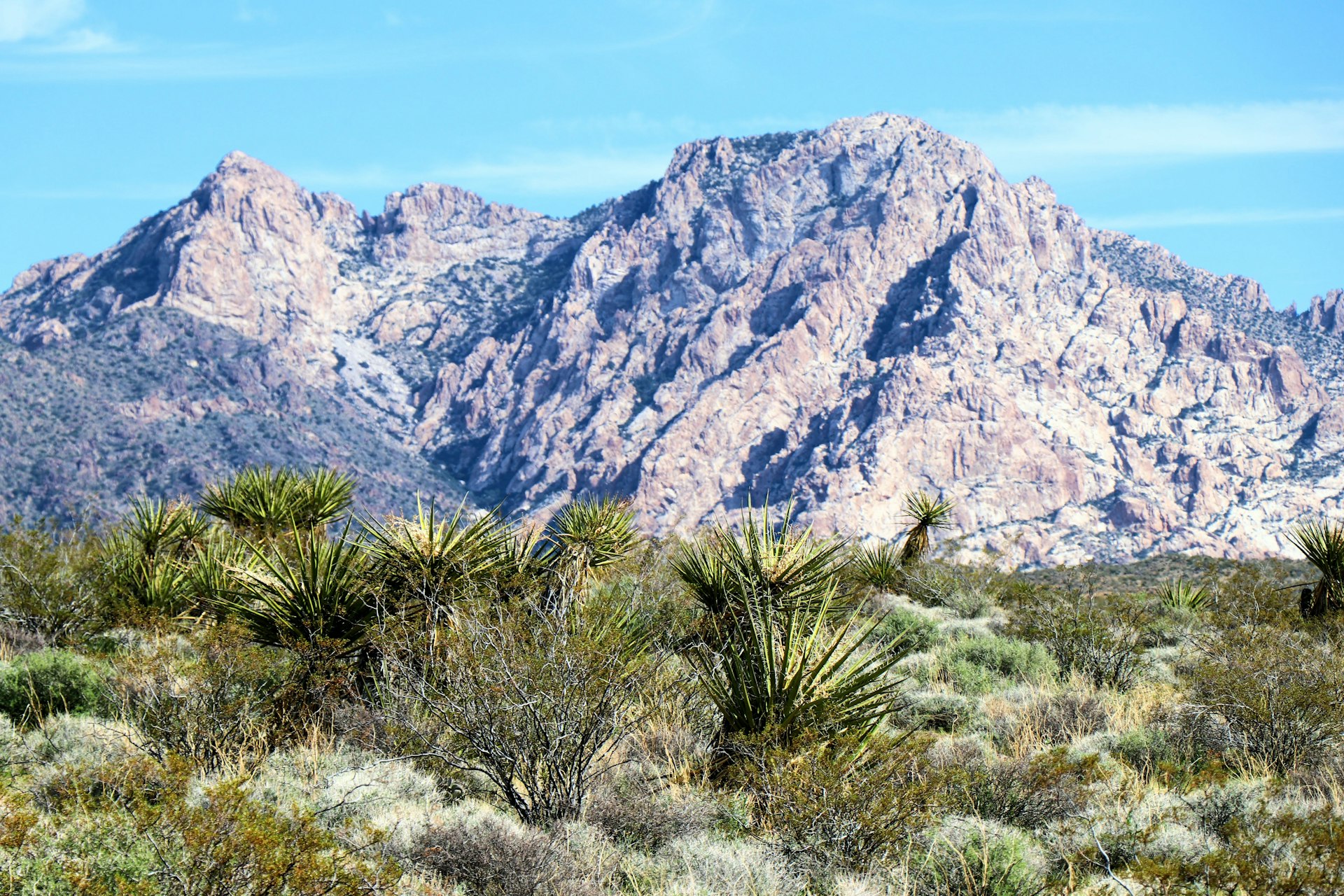
While conservation efforts have protected parts of the landscape from encroaching development over roughly two decades, they’ve failed to safeguard the entire region. Yet thanks to President Biden, that might change.
At the White House Tribal Nations Summit on November 30, Biden pledged to defend Spirit Mountain and nearly 450,000 surrounding acres. “I’m committed to protecting this sacred place that is central to the creation story of so many Tribes that are here today,” he said at the gathering.
Biden’s acknowledgment didn't give the site an official federal designation, but it did create hope that the landscape might soon become a national monument supervised by the Bureau of Land Management. If he follows through, Avi Kwa Ame could become the countryÆs second national monument to directly address Indigenous heritage — a distinction held only by Bears Ears in Utah, which is co-managed by delegates from Indigenous tribes and the BLM.
But what’s in a name? There are 423 sites operated by the National Park Service across the USA, plus 150 related areas. And there are at least 19 ways to name them, including “national park,” “national monument,” “national parkway,” “national seashore”...the list goes on. The number of naming designations reflects the country’s diversity of landscapes, coastal areas, historical attractions and more, and the distinctions between each title can get murky.
Here’s how to distinguish between the two most common NPS designations.
The politics behind national-park sites
One key difference matters when establishing a national monument or park: who has the power to name it. Congress can create all types of national-park sites, including national monuments as well as national parks. In contrast, the president can designate only national monuments, using the authority granted under the Antiquities Act of 1906. This allows presidents to bypass Congress, expediting the process of protecting federally owned lands. Congress is then free to change the designation of the president-selected site if it so chooses. For example, President Teddy Roosevelt established the Grand Canyon as a national monument in 1908; Congress upgraded the area to a national park in 1919.
But that’s just the tip of the NPS iceberg.
Defining a national park
The 63 national parks in the US protect areas with significant scenic, educational and recreational value, and the NPS manages them all. The types of places that fit this category are as broad as the definition suggests.
The largest national park, Alaska’s Wrangell-St. Elias National Park and Preserve, bursts with active volcanoes and ice-blue glaciers over some 13.2 million acres. On the other hand, Missouri’s Gateway Arch National Park covers only 91 acres of urban green space – the smallest national park with that classification.

Defining a national monument
Each of the national monuments in the US preserves at least one object of historical, cultural or scientific interest. Depending on the reason for its protection, one of many federal agencies might manage the site, including the NPS, the US Forest Service, the Bureau of Land Management and others.
Contrary to what the name suggests, national monuments aren’t statues or buildings (though many contain historic structures). For instance, New York’s Statue of Liberty National Monument comprises both Ellis Island and Liberty Island, which includes the beguiling green goddess welcoming the “huddled masses” to New York Harbor.
The variety of designated national monuments encompasses all sorts of destinations. California’s Muir Woods National Monument is home to the Bay Area’s last remaining redwood forest, while Florida’s Castillo de San Marcos National Monument preserves the oldest masonry fortification in the continental US. Off the coast of St John, the Virgin Islands Coral Reef National Monument protects a vast underwater habitat.
If national monuments seem similar to national parks, it’s because they are. The two designations have plenty of overlap; 28 national parks started out as national monuments.
Still bewildered about NPS designations? Don’t fret. Whether places like Avi Kwa Ame receive recognition as national monuments or national parks, what matters most is that they’re federally protected. By safeguarding these sites, there’s hope future generations will be able to describe them using the same word we do today: beautiful.

